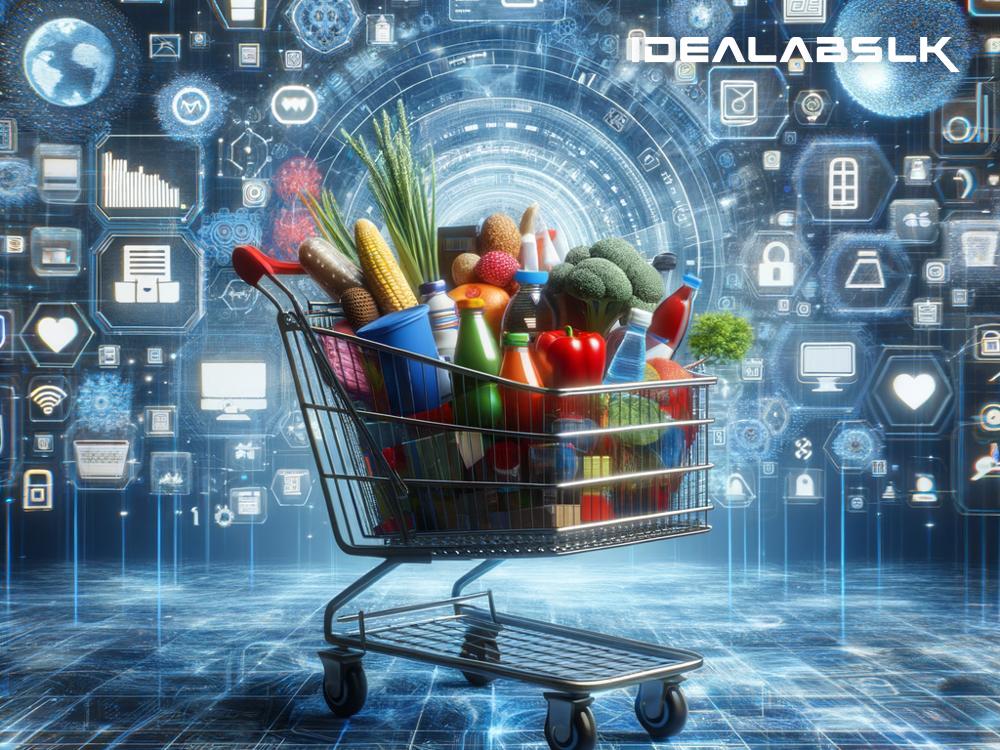How Personalization Engines Power Your Shopping Experiences
Have you ever wondered why, after searching for shoes on an e-commerce website, you start seeing shoe recommendations everywhere on that site? Or how does an online store know you might be running low on your favorite coffee and send you a reminder? Welcome to the world of personalization engines in e-commerce—a behind-the-scenes wizard that makes shopping online feel like it’s tailored just for you. Let’s break down how they work in simple English.
What Are Personalization Engines?
Imagine walking into your favorite local store, where the shopkeeper knows you by name, remembers what you bought last time, and suggests things you might like based on what you’ve bought before. Personalization engines do the same thing, but online. They are smart systems that track, analyze, and predict what you might like to buy, all to make your shopping experience more personal and relevant.
How Do They Work?
Step 1: Collecting Data
The journey starts when you visit an e-commerce site. From the moment you land on the homepage, every click, search, product view, and purchase is tracked. This data also includes your location, the device you’re using, and even the time you spend looking at certain products. Think of it as the engine gathering ingredients to prepare your personalized shopping menu.
Step 2: Analyzing Data
This is where the magic starts. The personalization engine uses algorithms (fancy word for problem-solving formulas) to sift through the massive amounts of data it has collected. It looks for patterns, like if you have a habit of buying athletic shoes, or you typically shop for kitchen gadgets around this time of year.
Step 3: Creating Profiles
Based on your behavior and preferences, the system creates a unique shopper profile for you. This profile is like a digital dossier, containing everything from your favorite product categories to your typical budget range. It helps the engine predict what you might be interested in next.
Step 4: Product Recommendations
Armed with your shopper profile, the personalization engine now starts displaying products and deals that it thinks you will like. Ever noticed a “Customers who bought this item also bought” section? That’s the engine at work. It’s not just random; it's based on analyzing the shopping patterns of people with similar interests and behaviors as you.
Step 5: Tailored Shopping Experiences
The personalization doesn’t stop at product recommendations. The engine also customizes the entire shopping experience for you. This could mean rearranging the order of products you see on the homepage, sending you personalized emails with promotions tailored to your interests, or reminding you to restock products that you might be running low on.
The Benefits
For Shoppers
- Relevant Choices: Shoppers are presented with products they are more likely to be interested in, saving them time and effort in finding what they need or might like.
- Better Deals: Personalization engines can offer promotions and discounts on products you actually care about.
- A Smoother Experience: Shopping feels easier and more enjoyable when it’s tailored to your preferences and needs.
For Businesses
- Increased Sales: Personalized recommendations can encourage customers to buy more.
- Customer Loyalty: Shoppers are more likely to return to a site that provides a personalized shopping experience.
- More Efficient Marketing: Businesses can target their marketing efforts more effectively, spending less money to reach the right customers.
Some Food for Thought
Personalization engines are powerful tools that have transformed e-commerce into a more intuitive and user-friendly space. However, they also raise questions about privacy and data protection. It’s important for businesses to be transparent about how they collect and use customer data, and for shoppers to be aware of their digital footprints.
Wrapping Up
Personalization engines are like the friendly shopkeeper of the digital age—knowing your tastes, offering you the best deals, and occasionally reminding you of things you didn’t even know you needed. As technology advances, these engines will become even smarter, making our online shopping experiences more seamless and enjoyable. So, the next time you see a product recommendation that’s spot on, you’ll know there’s a sophisticated personalization engine working in the background, making sure your shopping experience is just right for you.

